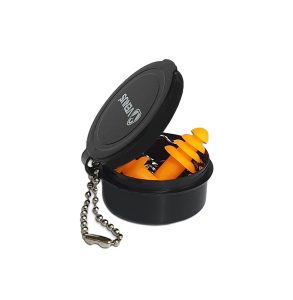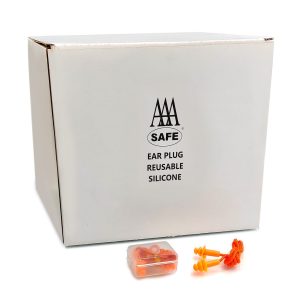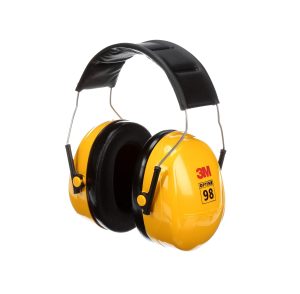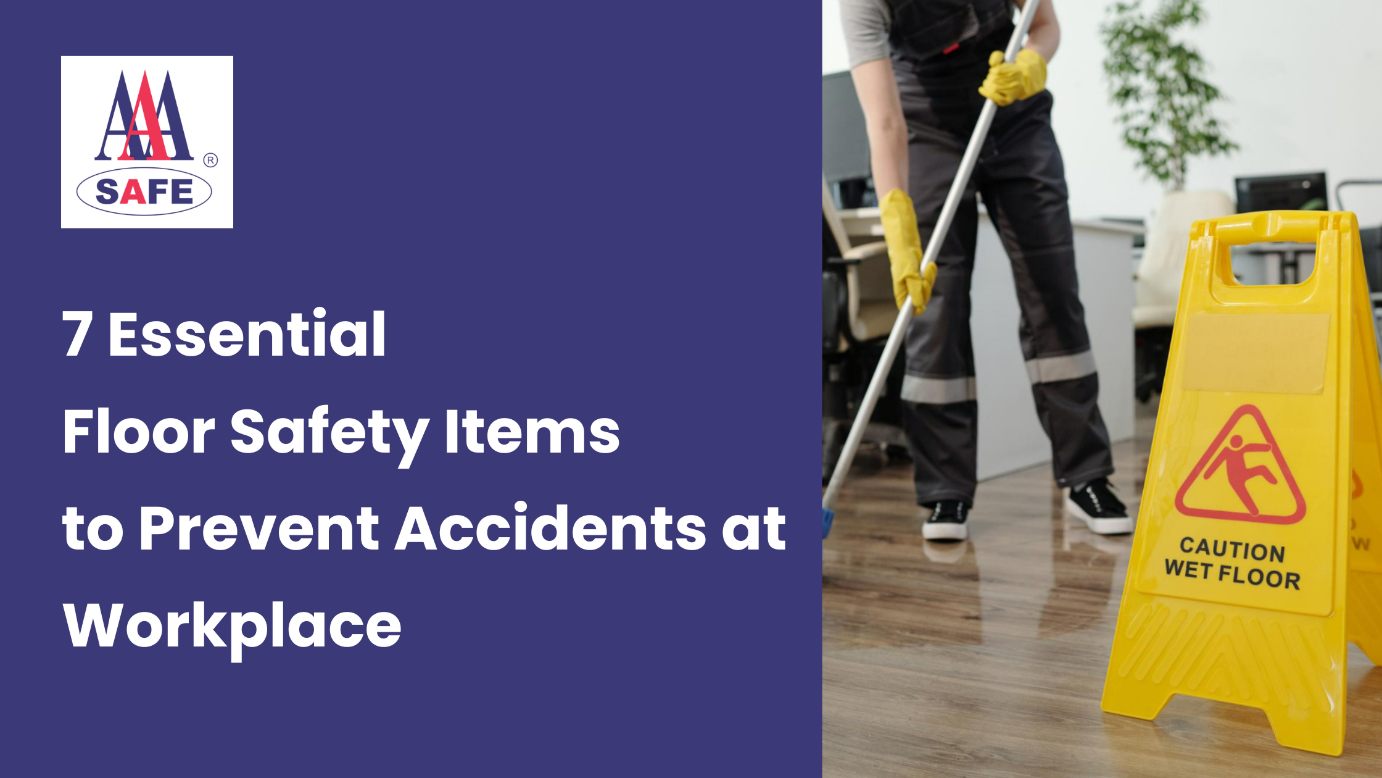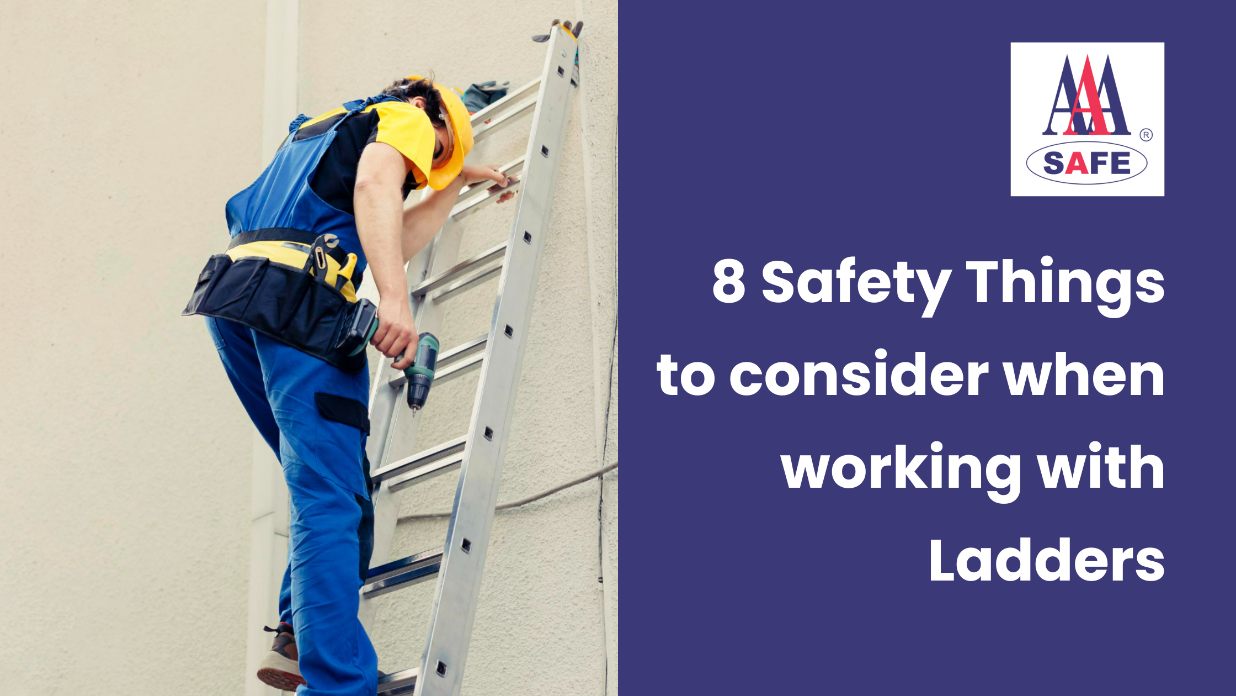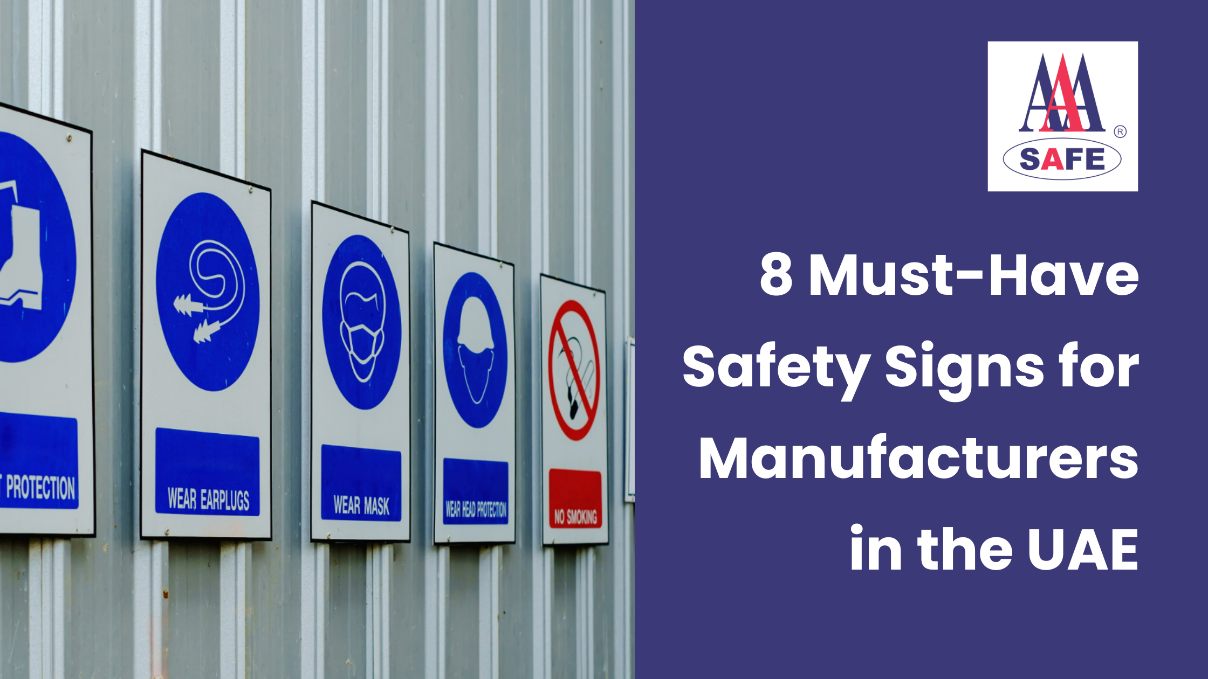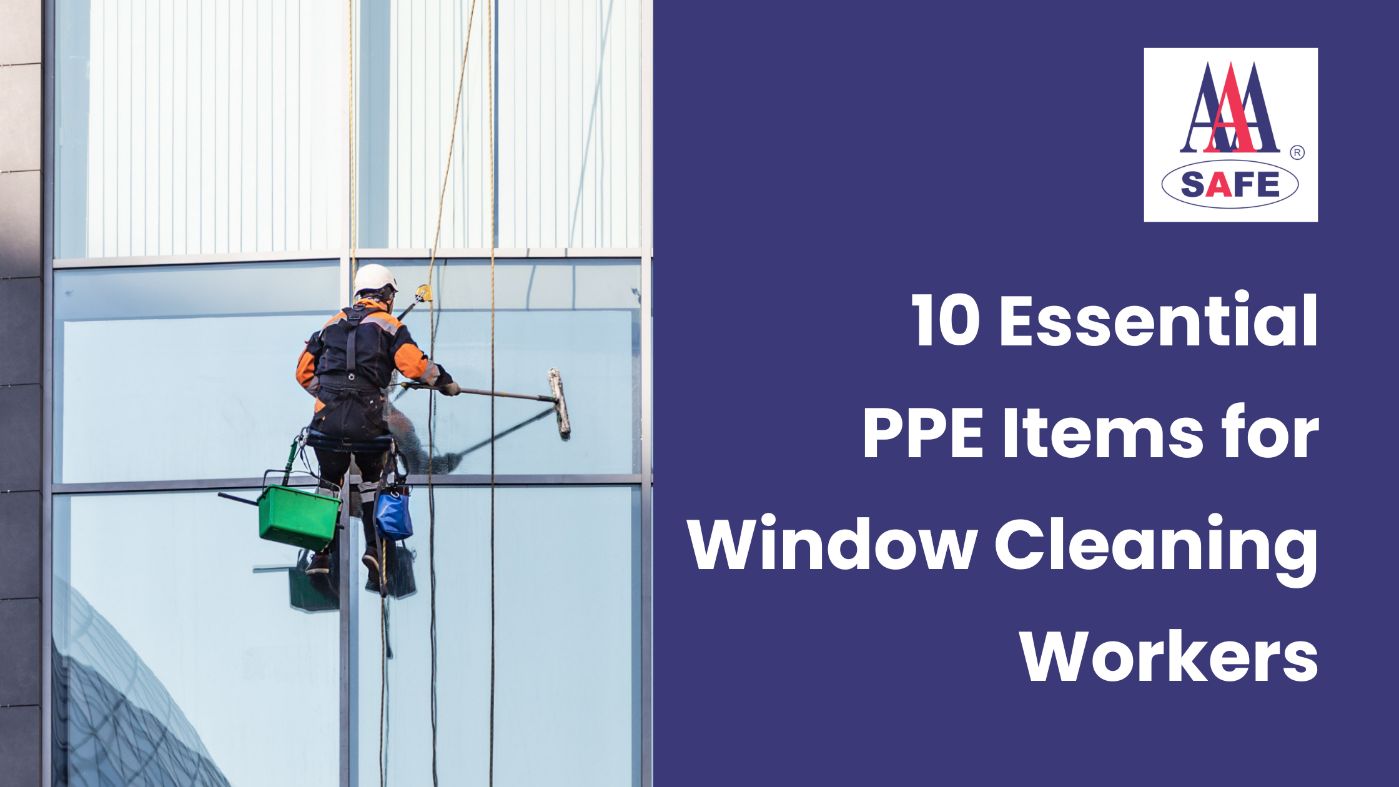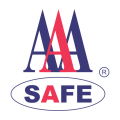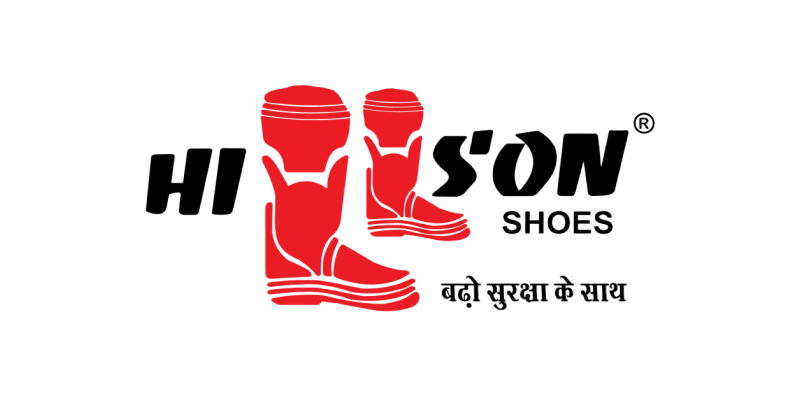In today’s fast-paced work environments, noise pollution is an increasingly prevalent concern. Whether you work in manufacturing, construction, or any other industry with high noise levels, protecting your hearing should be a top priority. One of the most effective solutions for hearing protection is the use of earmuff. Choosing right earmuffs can significantly enhance your comfort and safety while reducing the risk of noise-induced hearing loss.
This blog outlines five essential tips to remember while choosing right earmuff for your workplace, ensuring that you make an informed choice tailored to your specific needs.
Understanding the Importance of Earmuffs in the Workplace
Earmuff serve as a crucial line of defense against excessive noise exposure. They are designed to cover the ears and provide sound insulation, protecting against loud sounds that can lead to permanent hearing damage over time.
In many industries, regulations mandate the use of hearing protection when noise levels exceed a certain decibel threshold. Selecting the appropriate earmuff not only aids in compliance with these regulations but also enhances worker productivity and comfort.
1. Determine the Noise Levels in Your Workplace
Before selecting a pair of earmuff, it is vital to assess the noise levels in your work environment. Different settings may have varying levels of noise exposure, which can affect the type of earmuff you need.
Conduct a Noise Assessment
Consider conducting a noise assessment to measure decibel levels in different areas of your workplace. This can help identify high-risk zones where hearing protection is necessary. For instance, manufacturing plants or construction sites often experience elevated noise levels due to machinery, tools, and equipment.
By knowing the average noise exposure in your workplace, you can choose right earmuffs that are specifically designed to provide adequate protection for those sound levels.
2. Look for the Appropriate Noise Reduction Rating (NRR)
The Noise Reduction Rating (NRR) is a crucial factor to consider when choosing earmuffs. It quantifies the effectiveness of hearing protection devices in reducing noise exposure.
Understanding NRR
The NRR is measured in decibels (dB) and indicates how much sound is reduced when wearing the earmuff. For example, if an earmuff has an NRR of 25 dB, it means that it can reduce the noise level by approximately 25 dB.
When choosing right earmuffs, ensure the NRR aligns with the noise levels in your workplace. If your work environment exceeds 85 dB, it is essential to choose earmuff with a suitable NRR to protect your hearing effectively.
3. Choose the Right Type of Earmuff
Earmuff come in various styles and designs, each catering to different needs and preferences. Understanding the types available can help you make an informed choice:
Passive Earmuffs
Passive earmuffs are designed to block sound using sound-absorbing materials. They are effective in reducing overall noise levels and are commonly used in environments with consistent noise exposure. These earmuff are straightforward in design and typically offer good protection for moderate noise levels.
Electronic Earmuffs
Electronic earmuffs are equipped with built-in microphones and speakers. They allow users to hear ambient sounds while providing protection against loud noises. This feature is particularly beneficial for workers who need to communicate or remain aware of their surroundings while wearing earmuff.
For example, in environments where operators must hear alarms or signals, electronic earmuff offer the advantage of noise protection without compromising situational awareness.
Folding or Compact Earmuffs
If space is a concern, consider folding or compact earmuff that can easily fit into bags or toolboxes. These models are convenient for workers who need to carry their protection gear with them.
Choosing right earmuff based on your specific workplace conditions and personal preferences can greatly enhance your comfort and effectiveness in reducing noise exposure.
4. Ensure Comfort and Fit
Comfort is a crucial aspect when choosing right earmuffs since they will likely be worn for extended periods. An ill-fitting pair can lead to discomfort, distractions, and reduced compliance with safety protocols.
Check the Fit
When trying on earmuffs, ensure they create a proper seal around your ears without being overly tight. The cushion should rest comfortably against your skin without causing pressure points. Adjustable headbands can help achieve a snug fit for different head sizes.
Consider Weight and Design
The weight and design of the earmuffs can also impact comfort. Lightweight models are easier to wear for extended periods, while padded cushions can enhance comfort during long shifts. Look for earmuffs that have soft, replaceable padding for added comfort and hygiene.
5. Look for Additional Features
In addition to the basic protection offered by earmuff, consider additional features that can enhance their usability and comfort:
Communication Features
If your work environment requires communication with colleagues, look for earmuffs with integrated communication systems or Bluetooth connectivity. These features allow users to communicate without removing their hearing protection, promoting safety and efficiency.
Durability and Maintenance
Choose earmuffs made from durable materials that can withstand the rigors of your work environment. Look for models with replaceable parts, such as cushions and headbands, to extend the life of your earmuff.
Temperature Resistance
In industries where exposure to extreme temperatures is common, consider earmuffs that are designed to withstand heat or cold. Some earmuff have special insulation or materials to maintain comfort regardless of environmental conditions.
Conclusion
Choosing right earmuffs for your workplace is crucial for ensuring your hearing protection and overall safety. By assessing noise levels, understanding the Noise Reduction Rating (NRR), selecting the appropriate type, ensuring comfort and fit, and looking for additional features, you can make an informed decision tailored to your specific needs.


